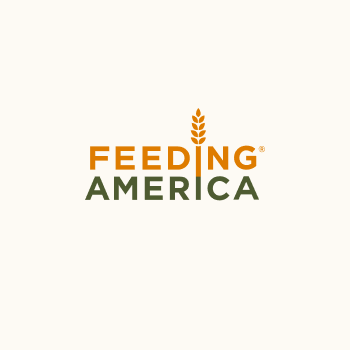Updated: Food banks and Feeding America responding to Hurricane Ian
Updated 10/7/22
What’s Happening?
On Wednesday, September 28, Hurricane Ian made landfall near Fort Myers, Florida as a Category 4 storm with winds up to 150 miles per hour. In addition to the sustained, damaging winds, the hurricane also brought severe flooding and has dumped as much as a foot of rain in some areas. As of Friday morning, officials said 20 people had died because of the storm and nearly two million customers in Florida were without power.
Ian made a second landfall as a Category 1 hurricane near Georgetown, South Carolina on Friday, September 30. The storm is expected to cause further damage as it moves northeast into South Carolina and North Carolina, with the primary hazards being hurricane force winds, flooding, and storm surge (in coastal communities).
What are food banks and Feeding America doing?
With the immediate storm threat subsided, food banks across the state are assessing damage to their facilities and starting to determine the need within their communities. They will provide emergency food, water and other resources to people impacted by the storm. All Faiths Food Bank and Harry Chapin Food Bank of Southwest Florida are at the epicenter.
To date, Feeding America has secured and allocated 78 truckloads of disaster boxes and water in Florida for quick distribution in communities across the state after the storm. Additionally, Feeding America is working with national partners to source food donations and other resources and will be deploying truckloads of an estimated 6 million pounds of relief supplies in the coming days and weeks.
What can I do to help?
- Donate to Feeding America's Disaster Response Fund. Hurricane Ian has upended the lives of millions and may be one of the worst hurricanes to hit Florida in years. Ensure local food banks can respond in the wake of the storm by supporting Feeding America’s response fund.
- Donate to food banks in the impacted area. Donating funds is the most efficient way to support affected food banks as they respond to the need after a disaster. From purchasing extra food to putting gas in trucks, a monetary donation goes a long way at the local level. Find local food banks and donate.
- Follow affected food banks on social media. Local food banks will know what they need most to respond to in their community. Whether that’s food, funds, or volunteers – watch their social channels to learn the best way to make a local impact.
- Learn more about Feeding America’s disaster response efforts. Feeding America and local food banks are on the ground before, during, and after a disaster, ensuring those impacted have food and hope during the toughest of times. Learn more about our national response.























